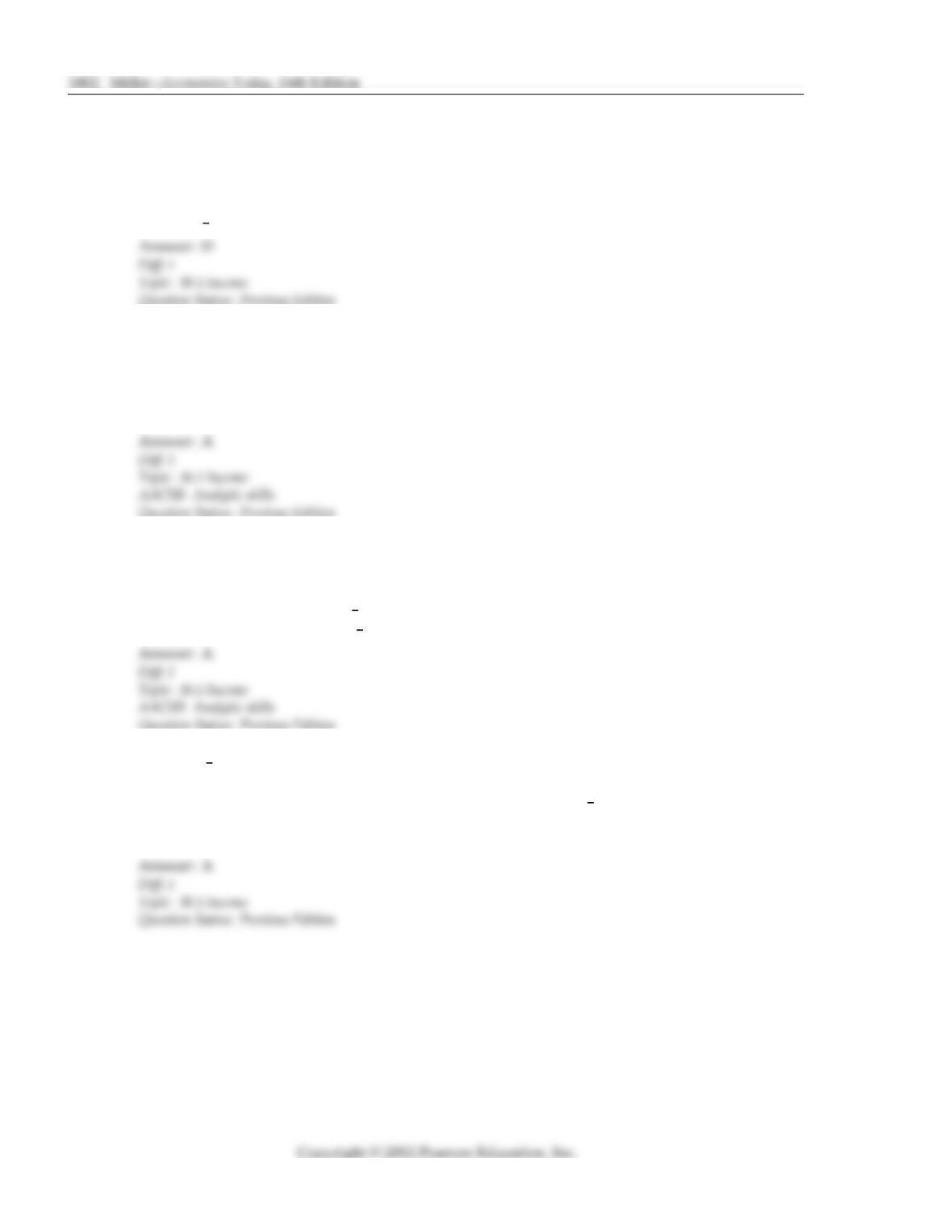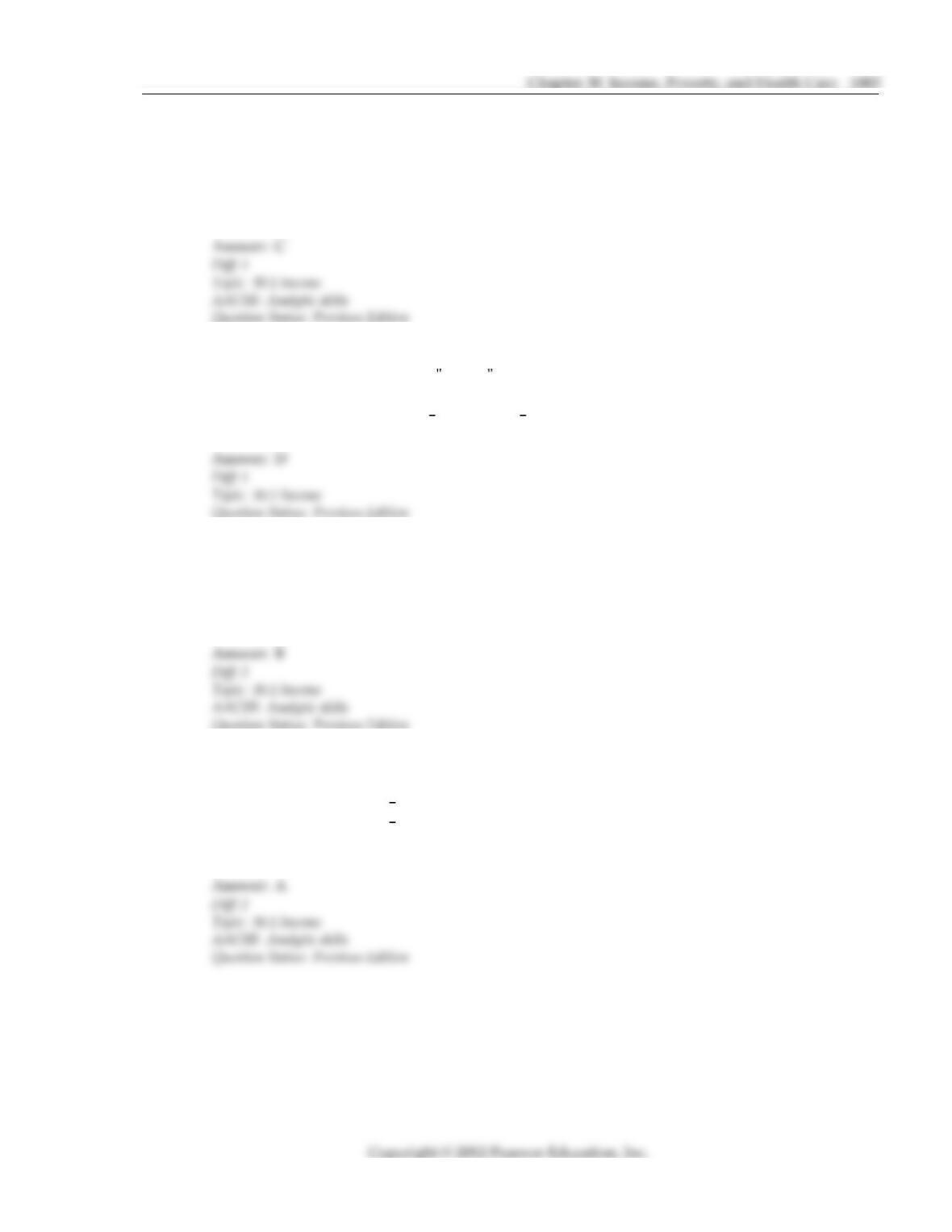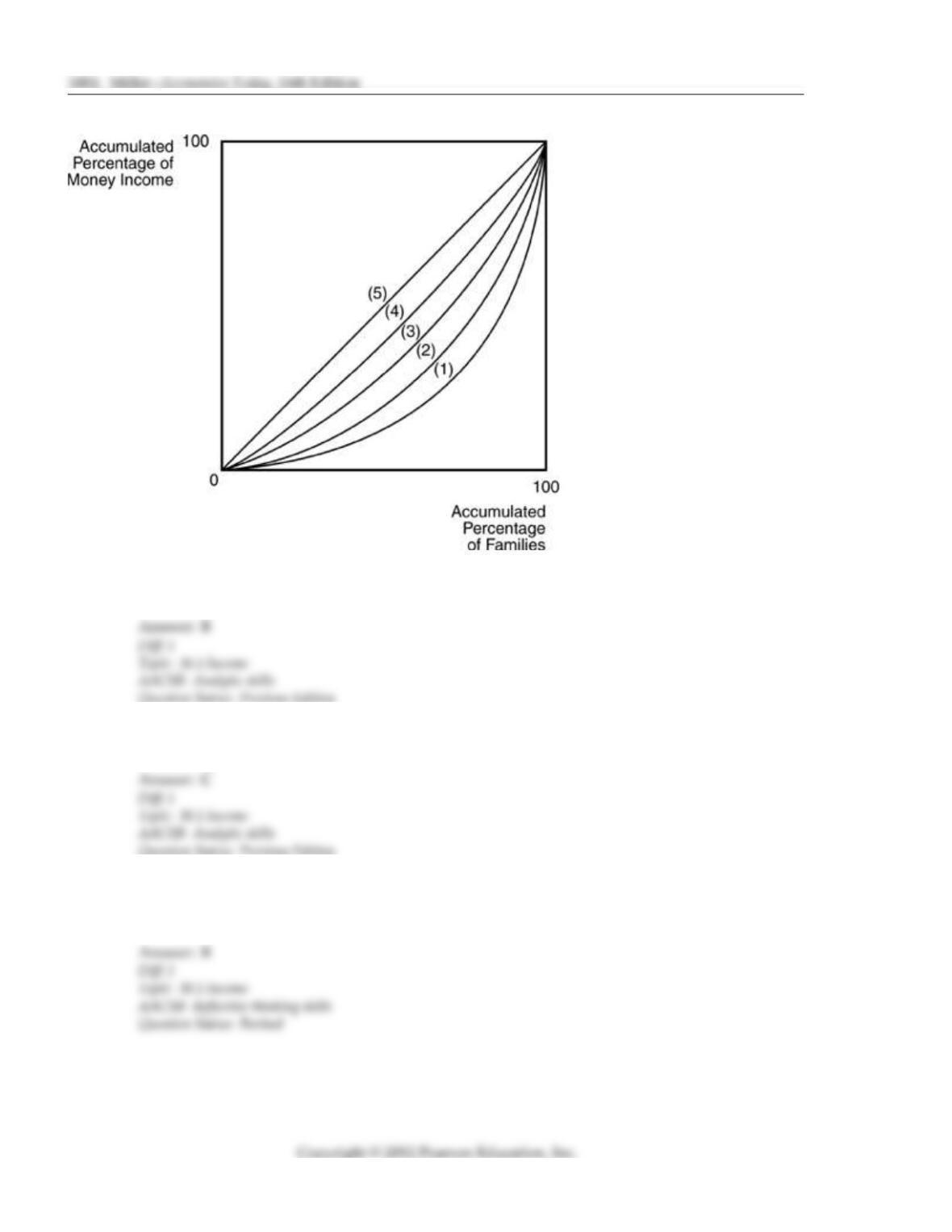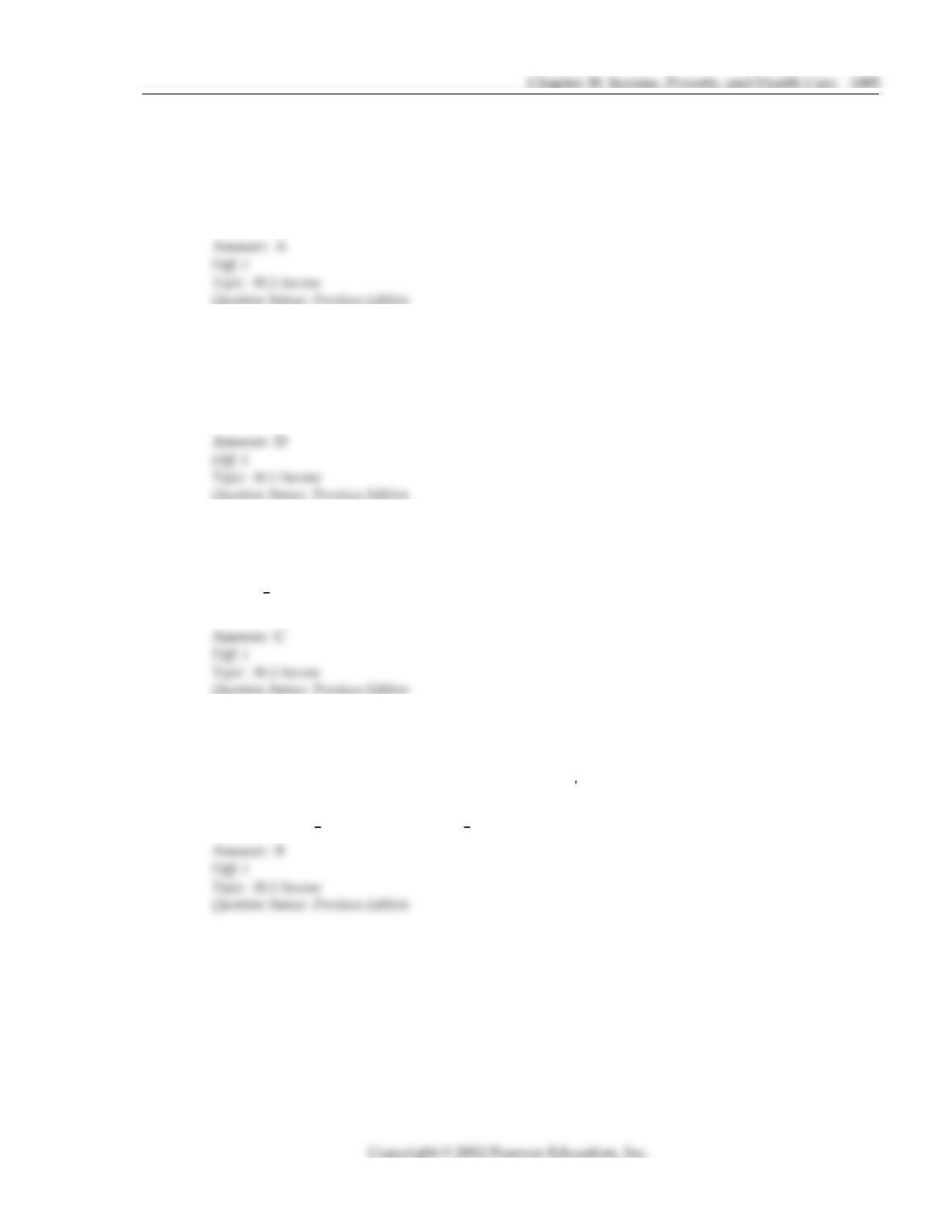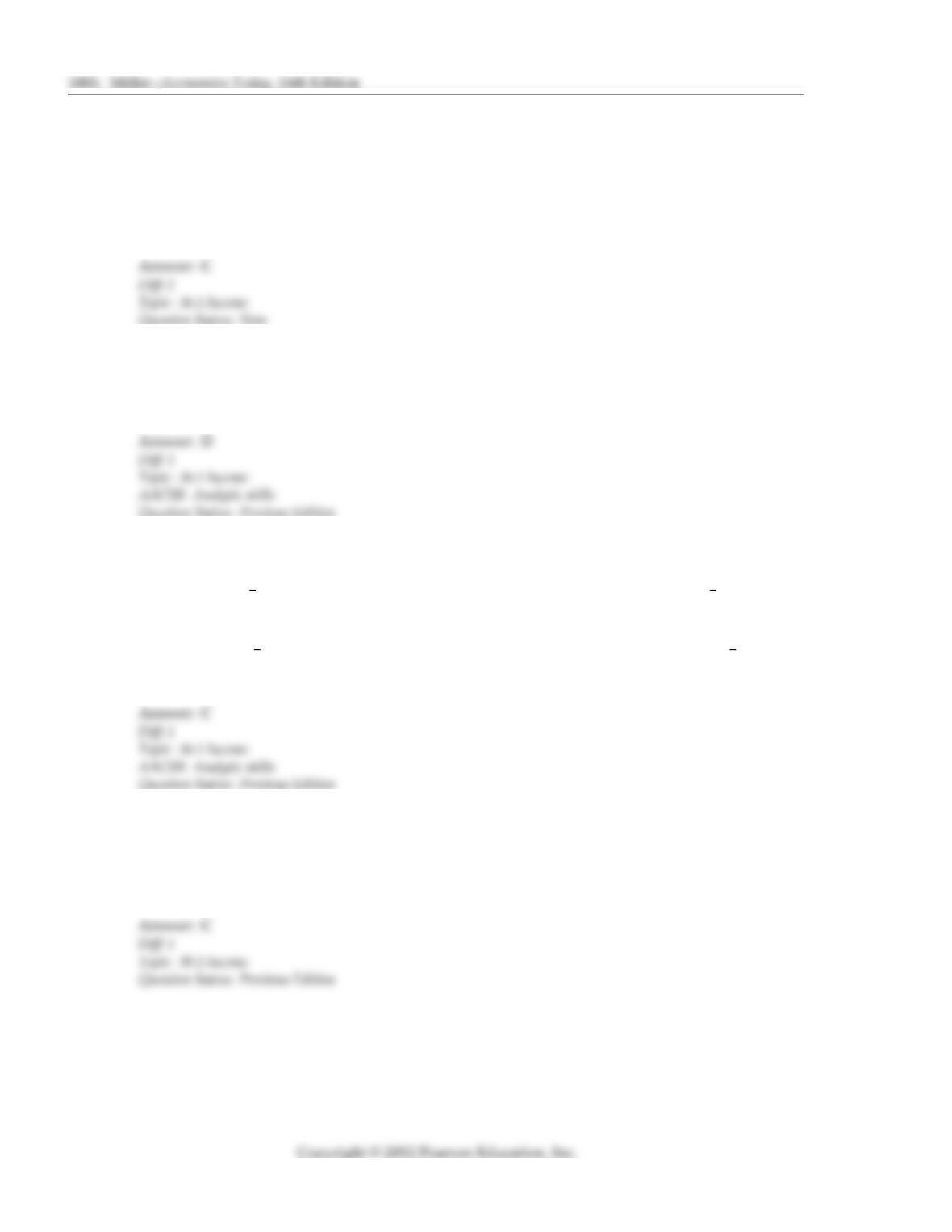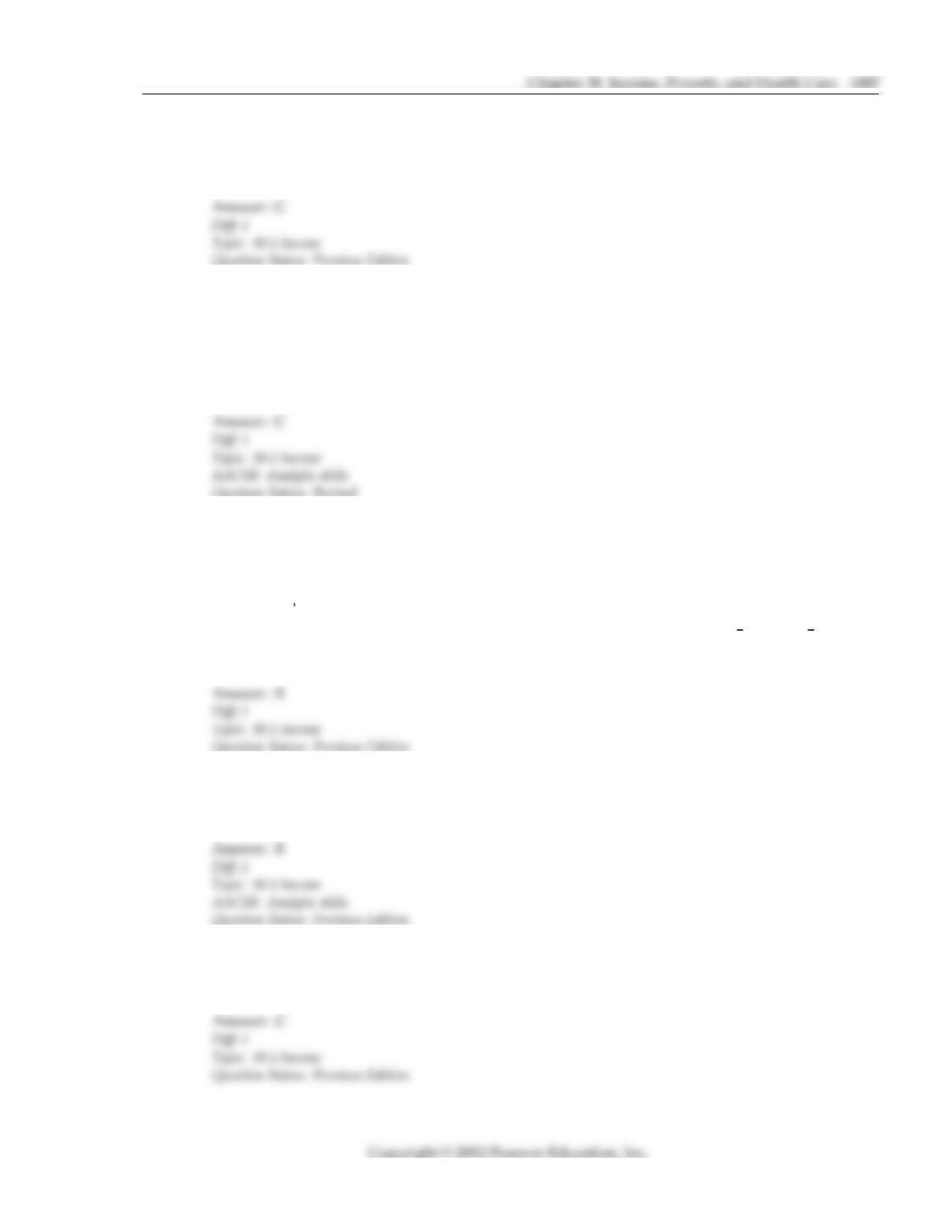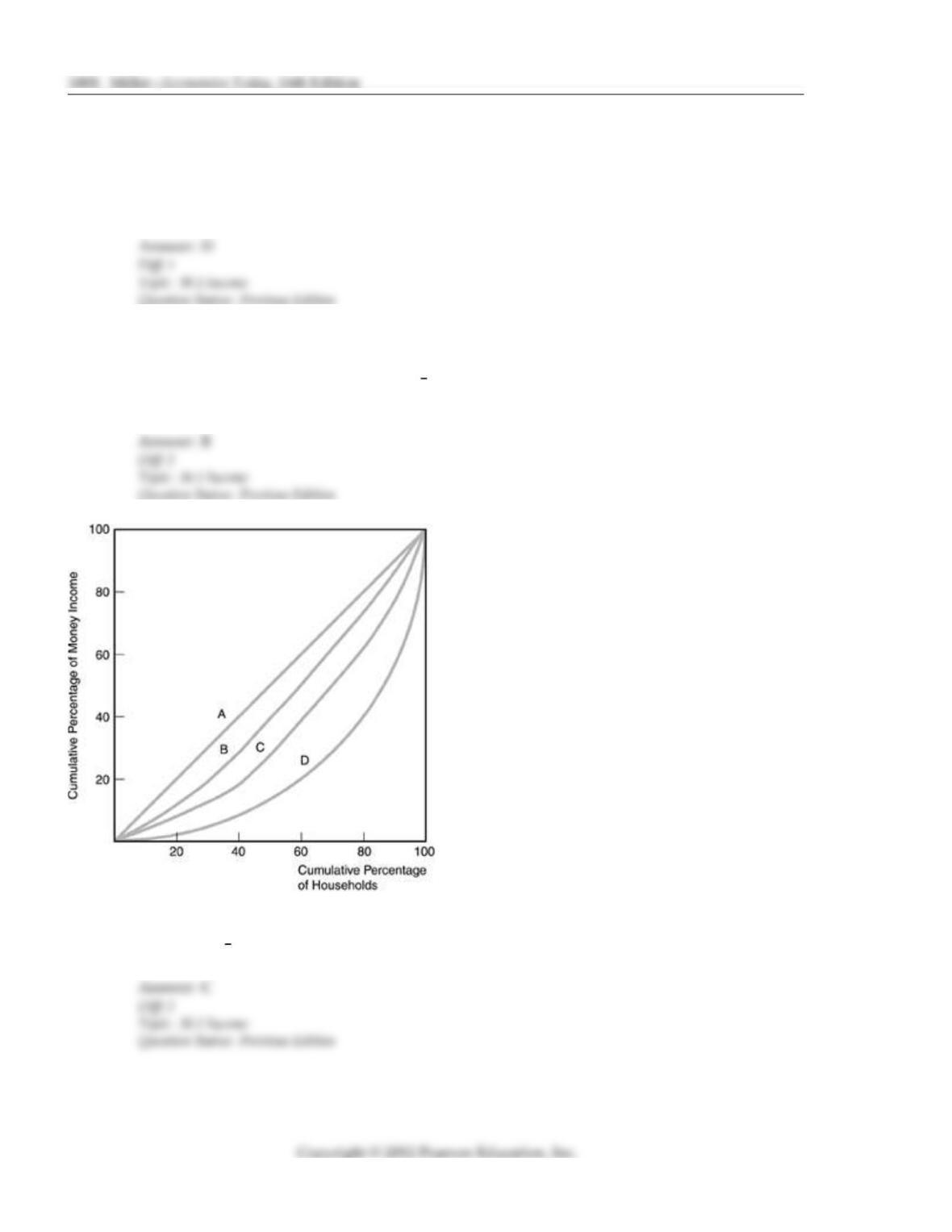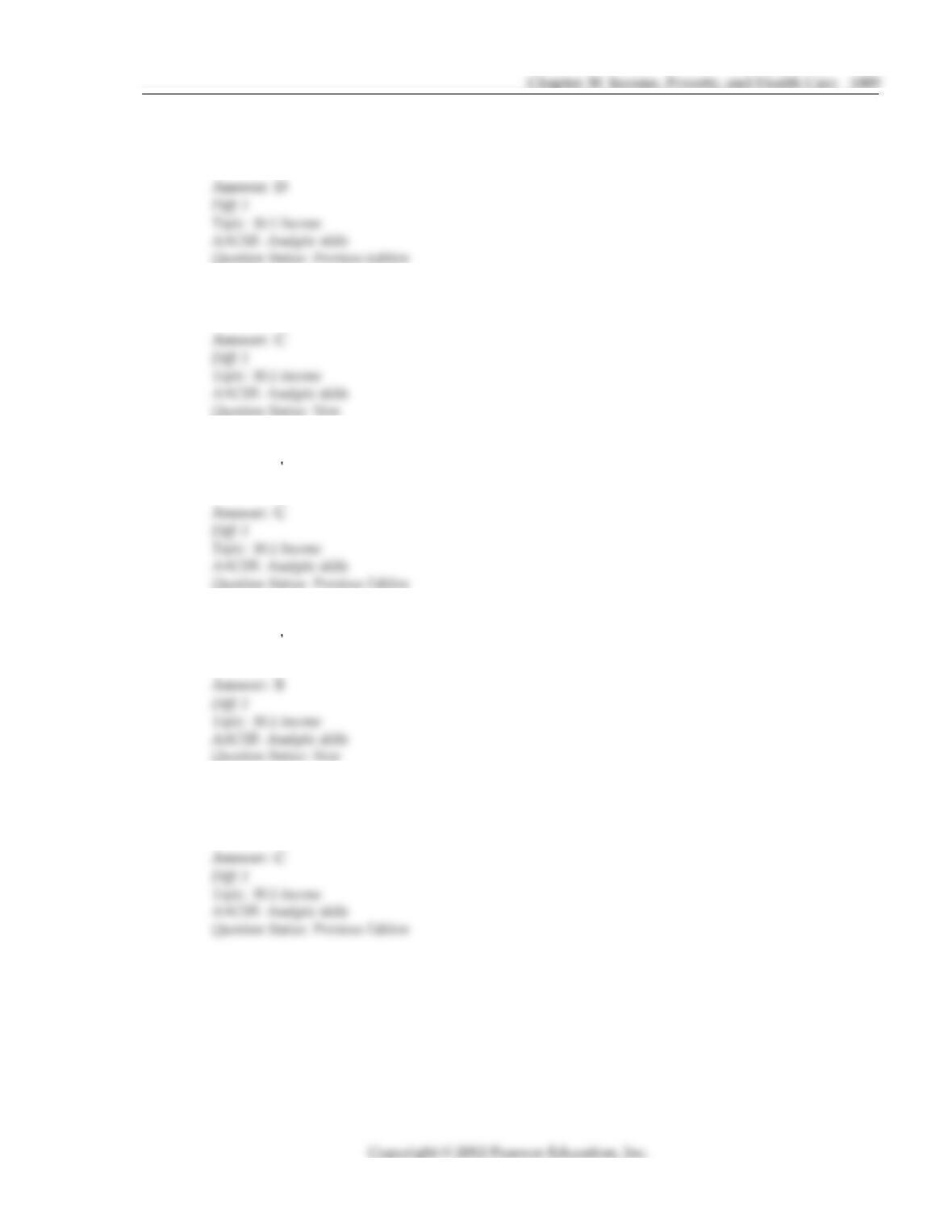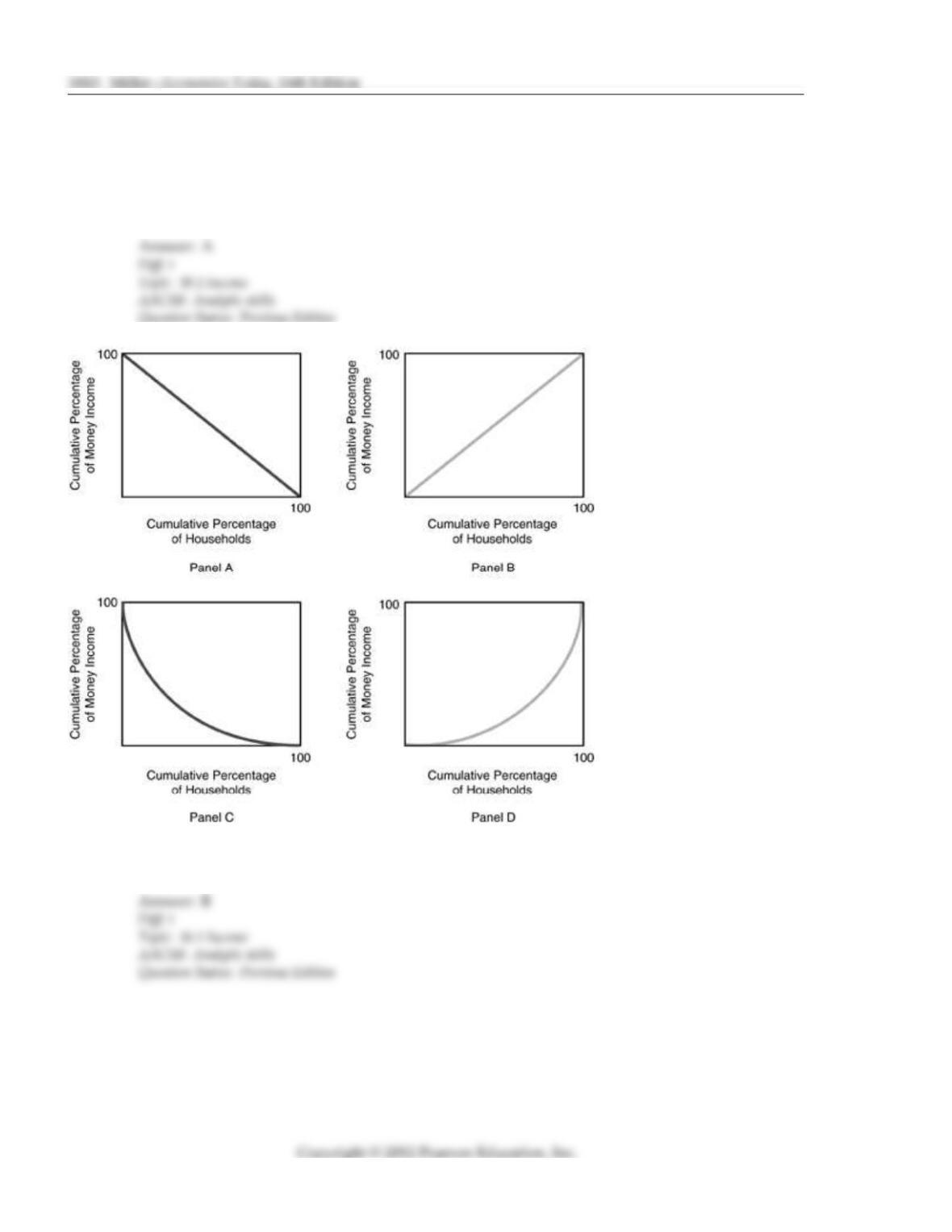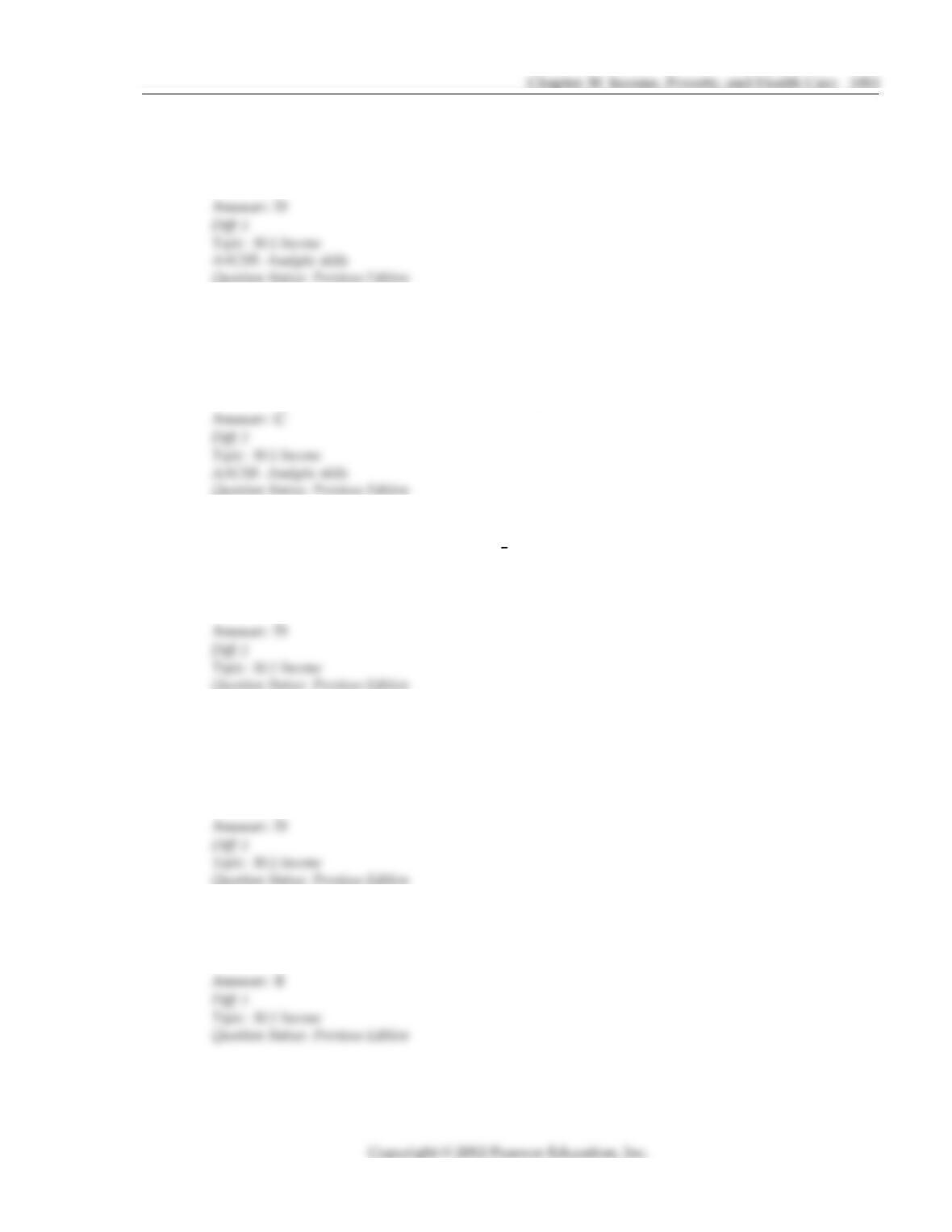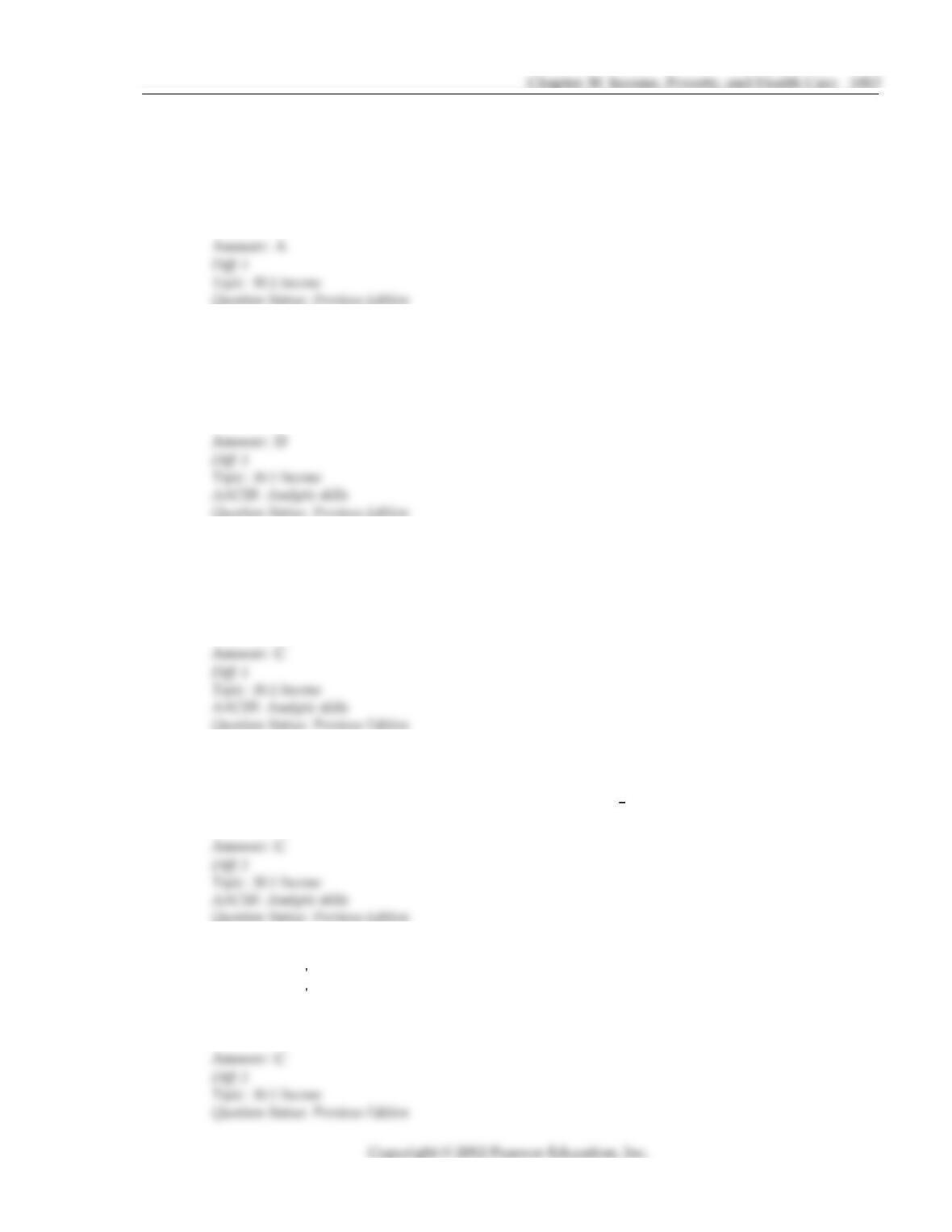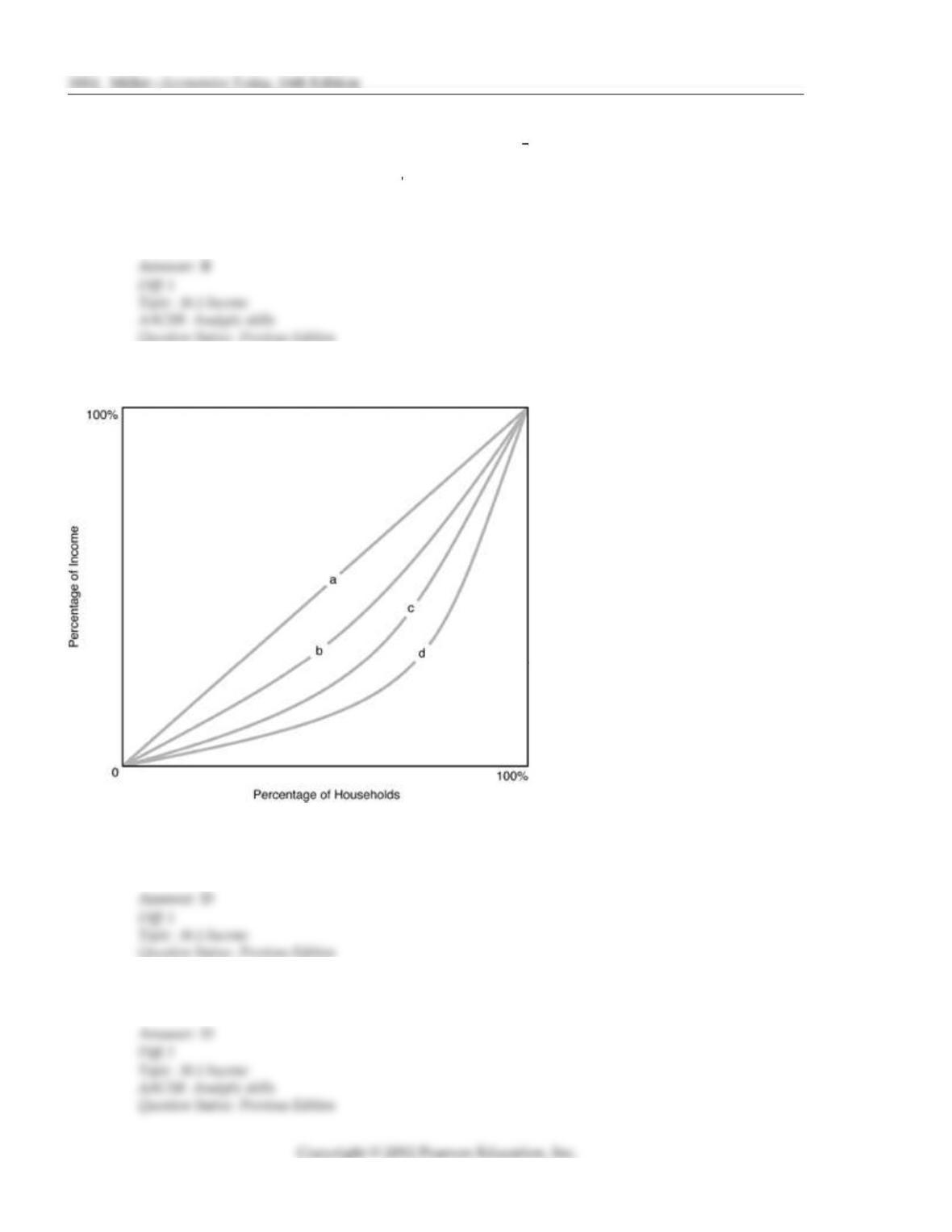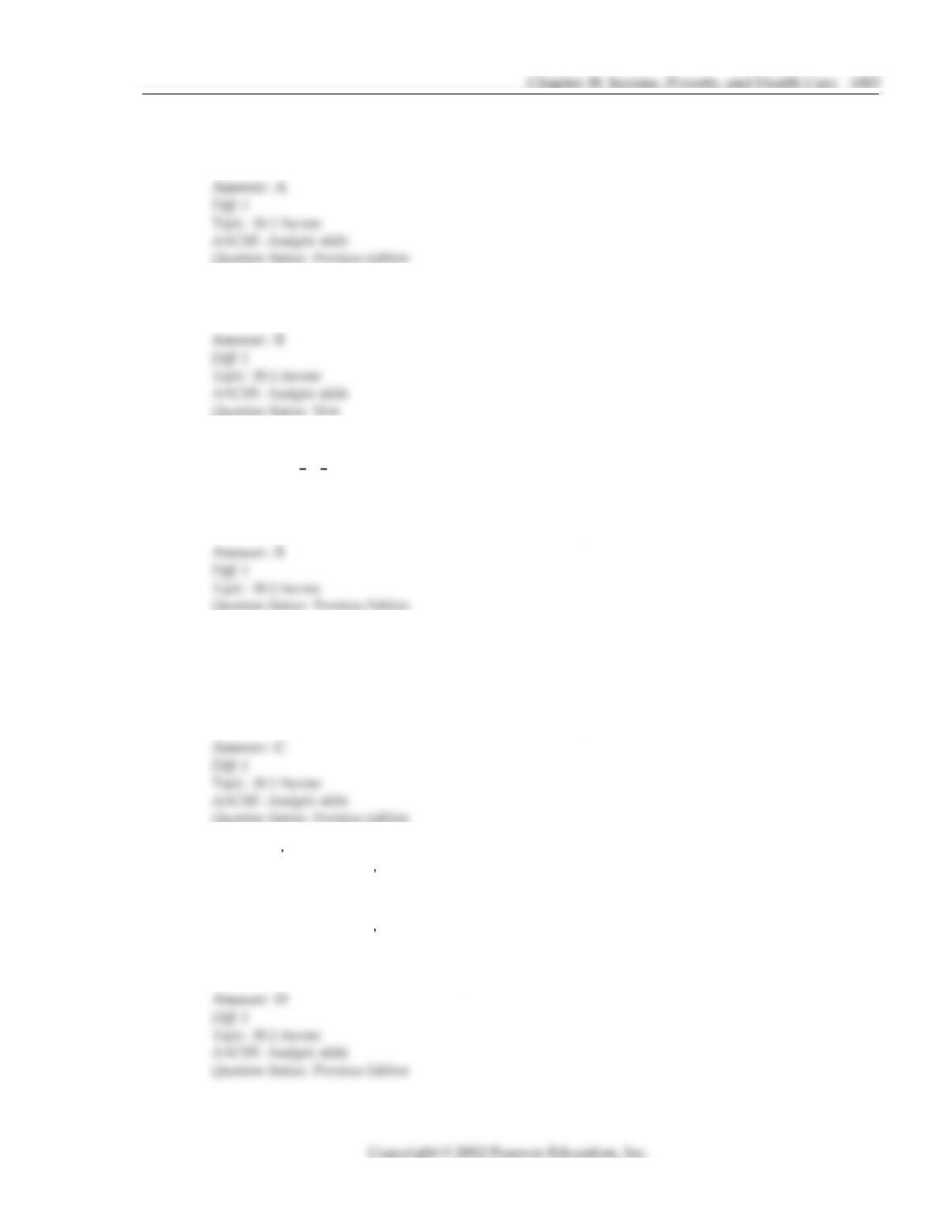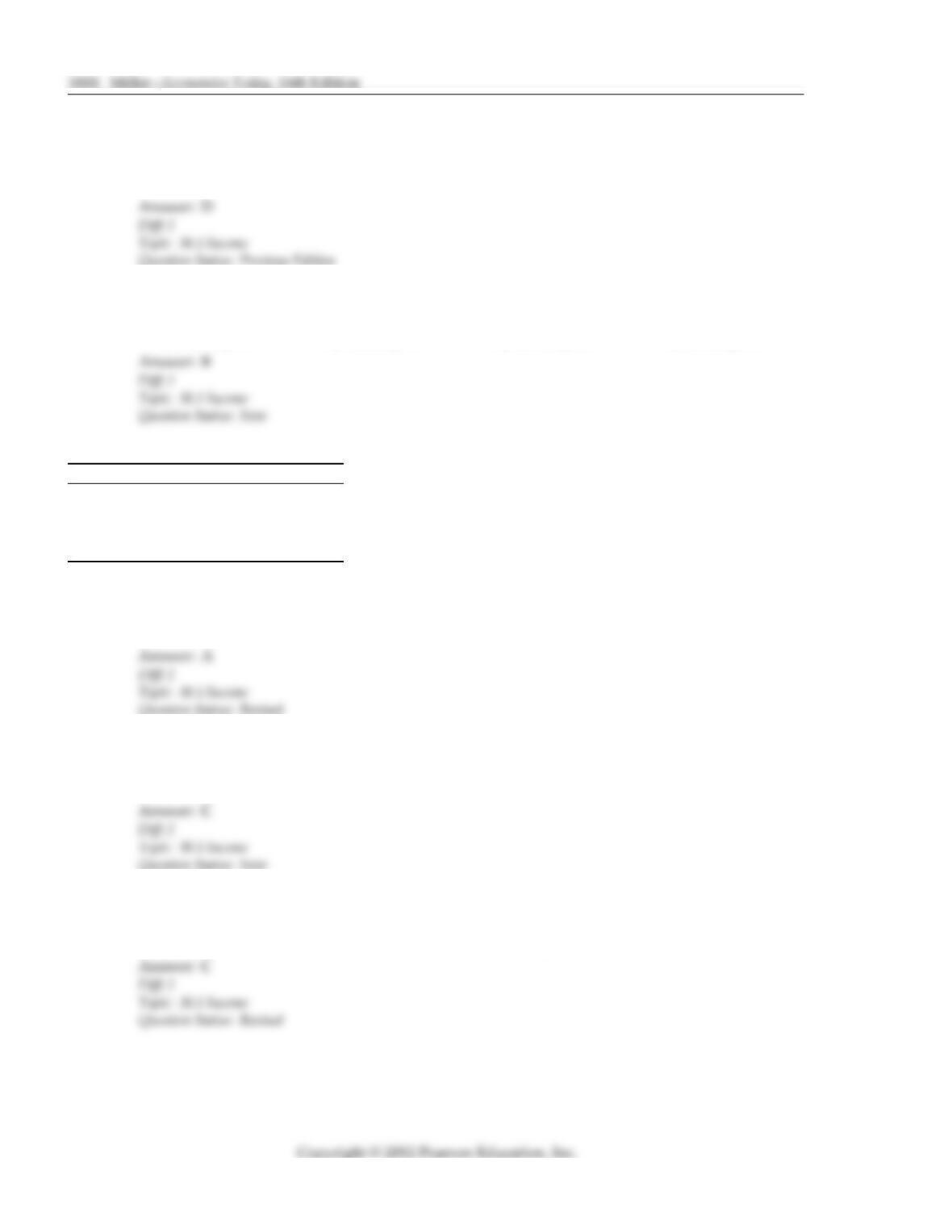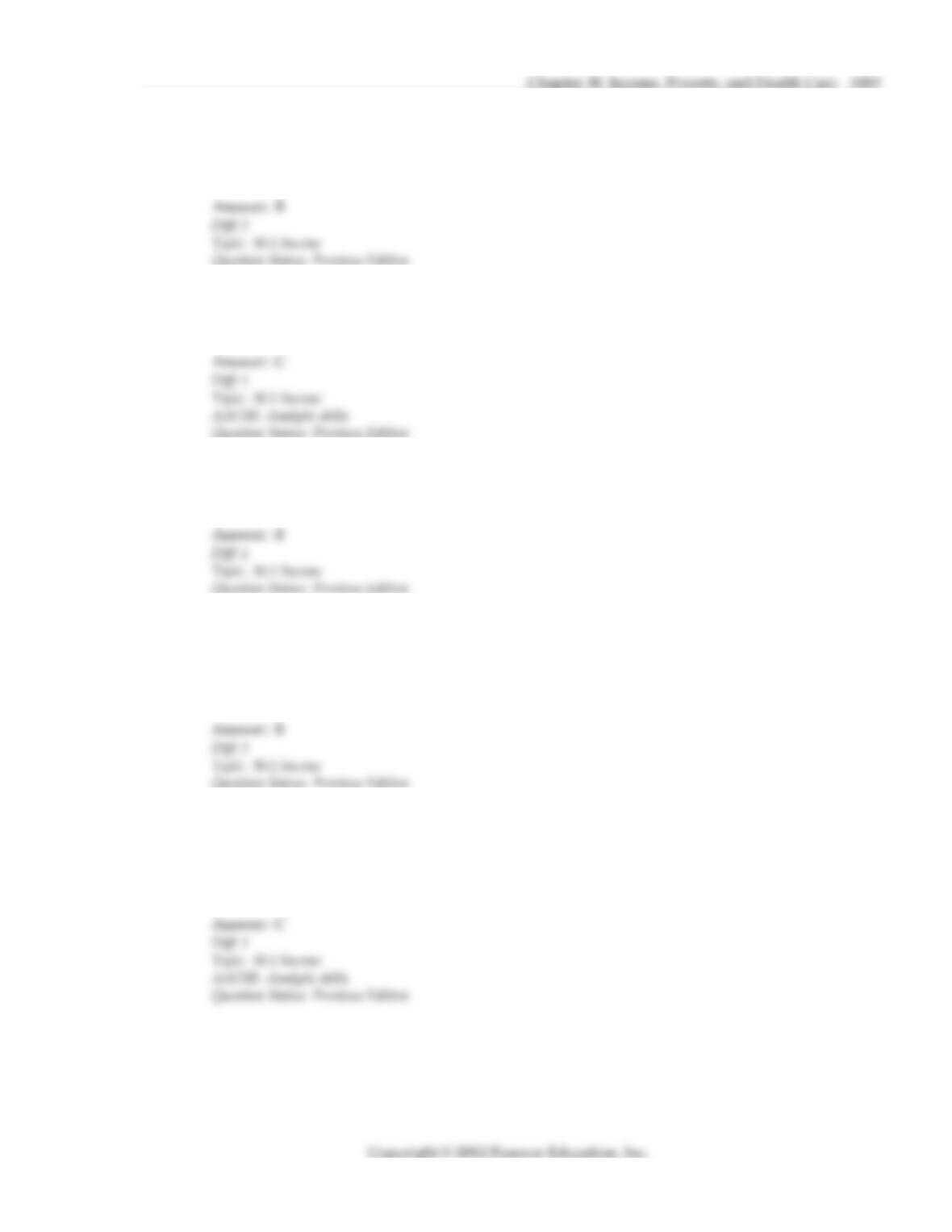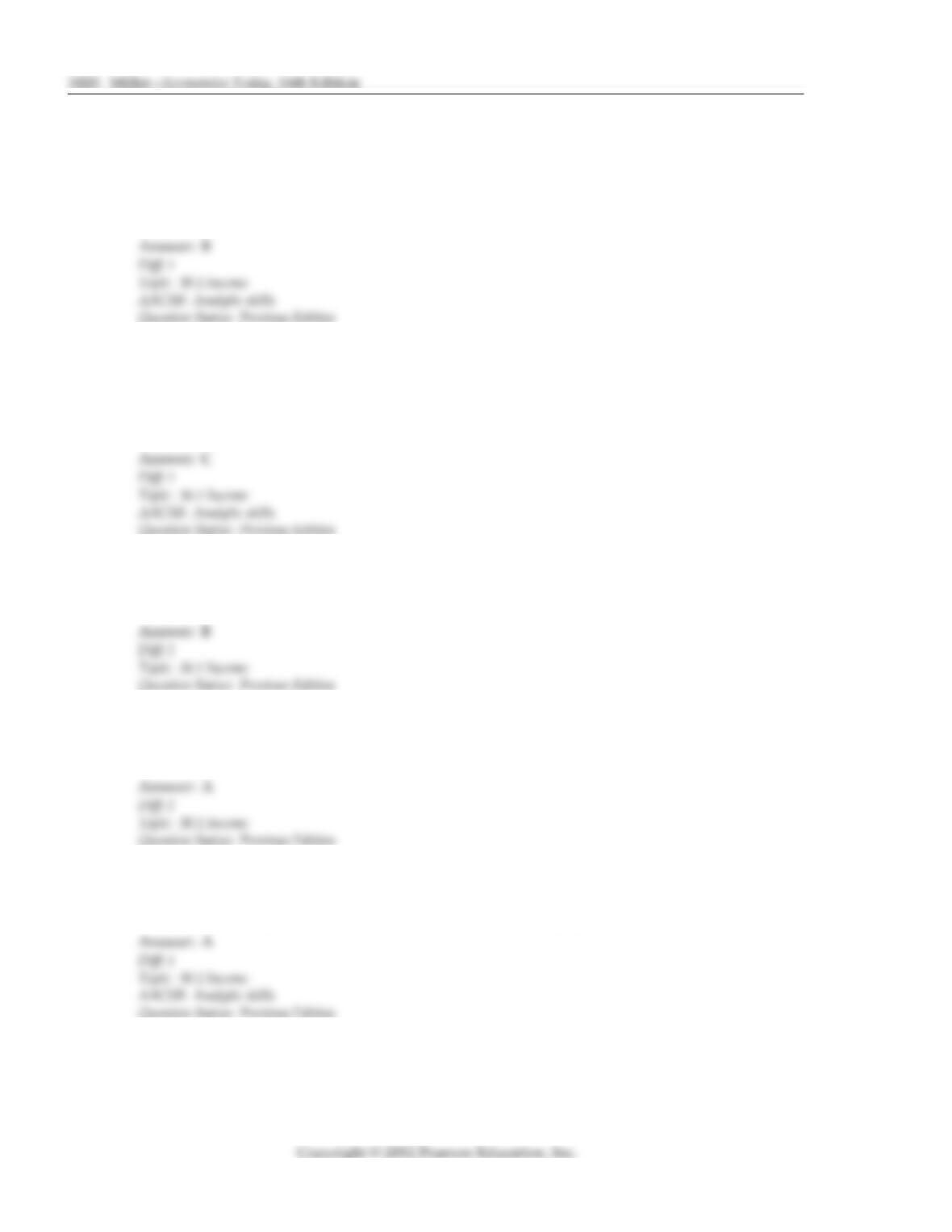21) Some economists criticize the Lorenz curve because it
A) accounts for differences in the size of households when it should not.
B) does not include the cumulative percentage of households.
C) does not include unreported income earned in the underground economy.
D) represents the inequality of lifetime income when it should just look at a specific time
period.
22) Since World War II, the share of total income going to the bottom 20 percent of U.S. households
has
A) fallen by 20 percent. B) increased by 10 percent.
C) remained constant. D) more than doubled.
23) Compared to a sampling of other developed nations, the U.S. income distribution is more
unequal than many others. What accounts for this?
A) The lowest income families in the United States earn much less than the lowest income
households in other nations.
B) Marginal income tax rates are much higher in the United States than in any other nation.
C) The highest income families in the United States earn much more than the highest income
households in other nations.
D) Other nations manipulate their data to look better.
24) When examining the financial status of households, wealth is
A) synonymous with income.
B) a flow variable whereas income is a stock variable.
C) a stock variable and includes both tangible assets and human capital.
D) not as important as income because wealth does not change over time.

